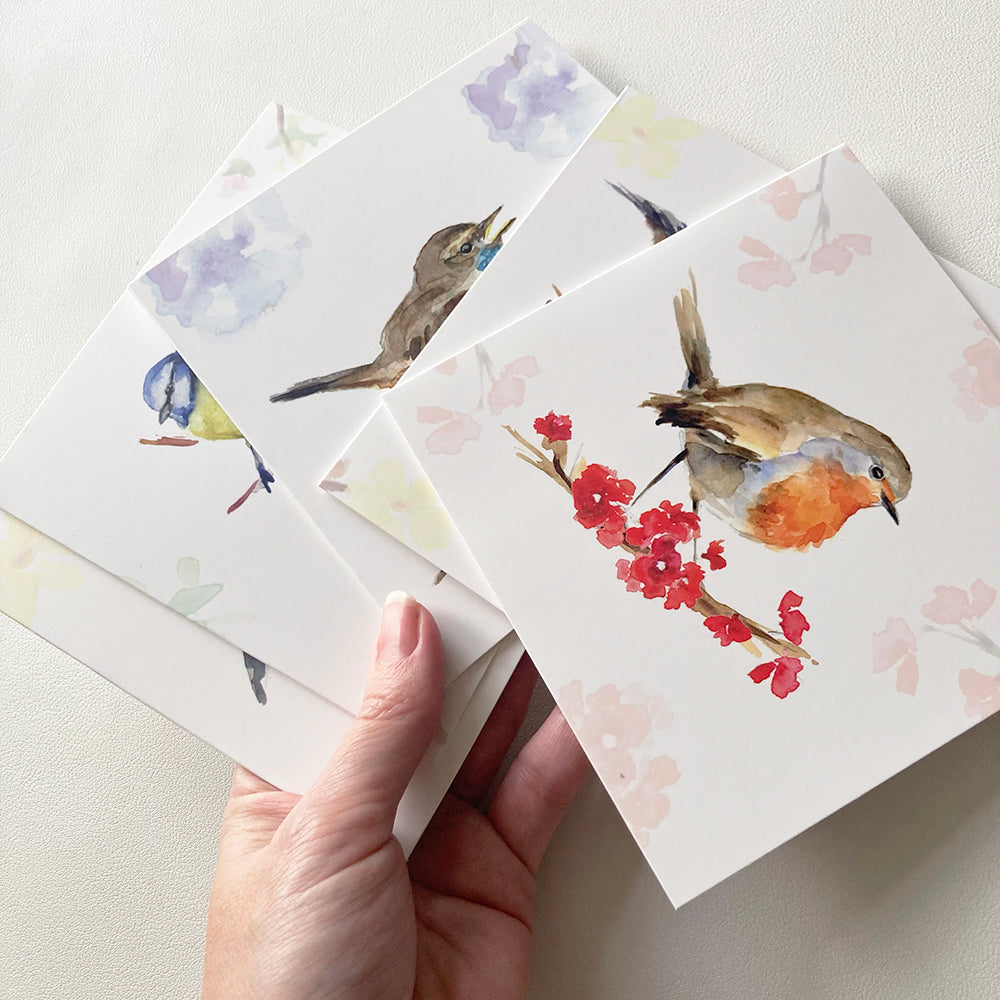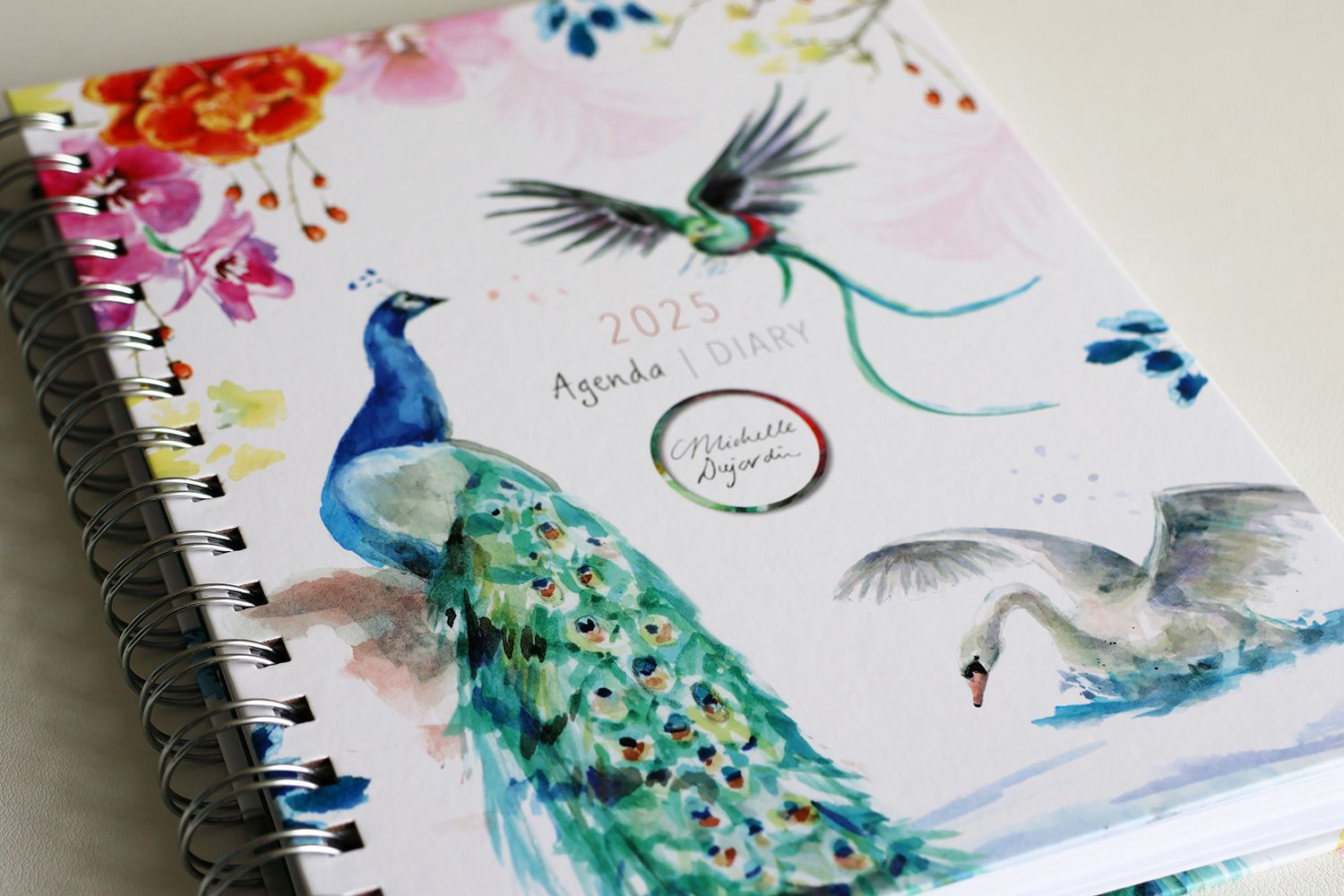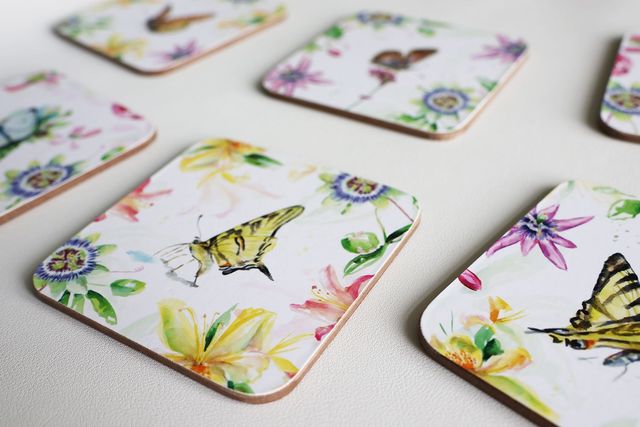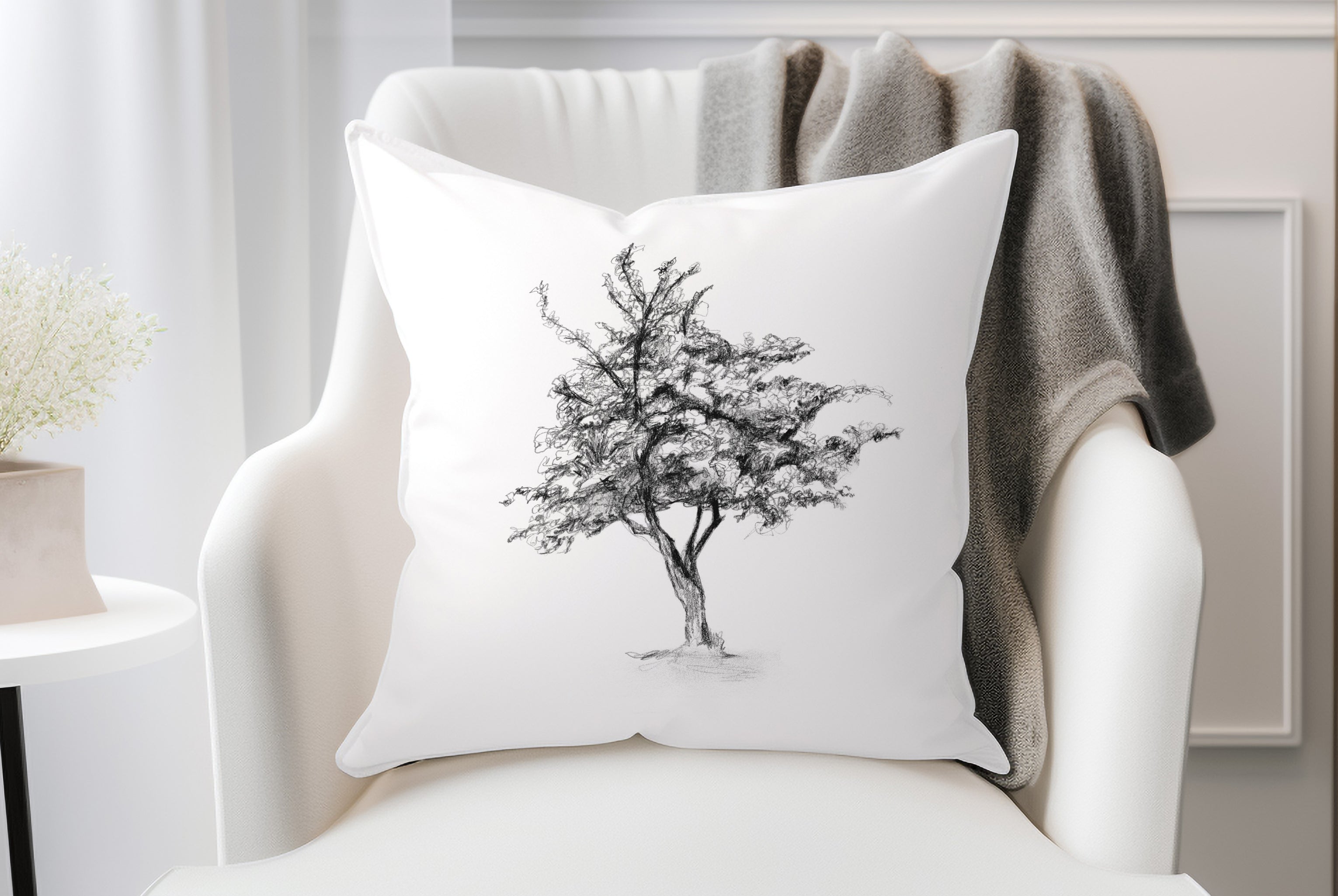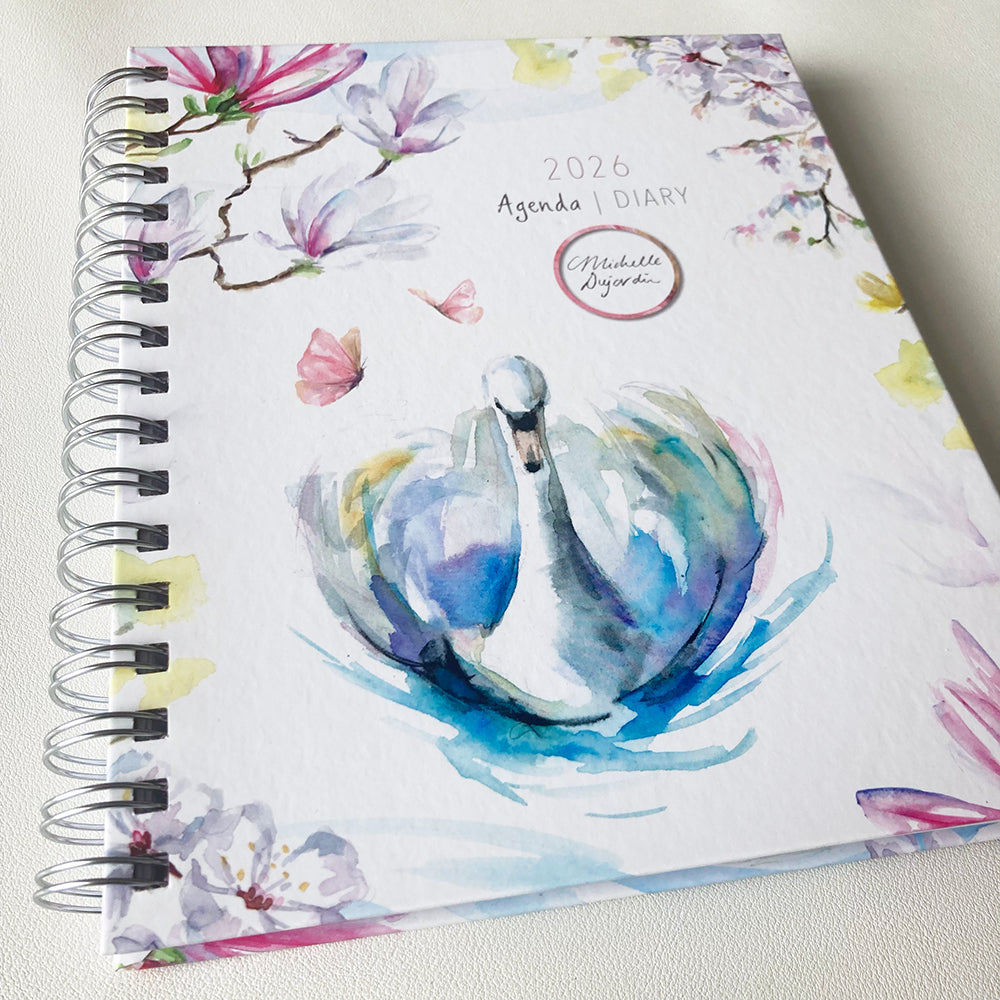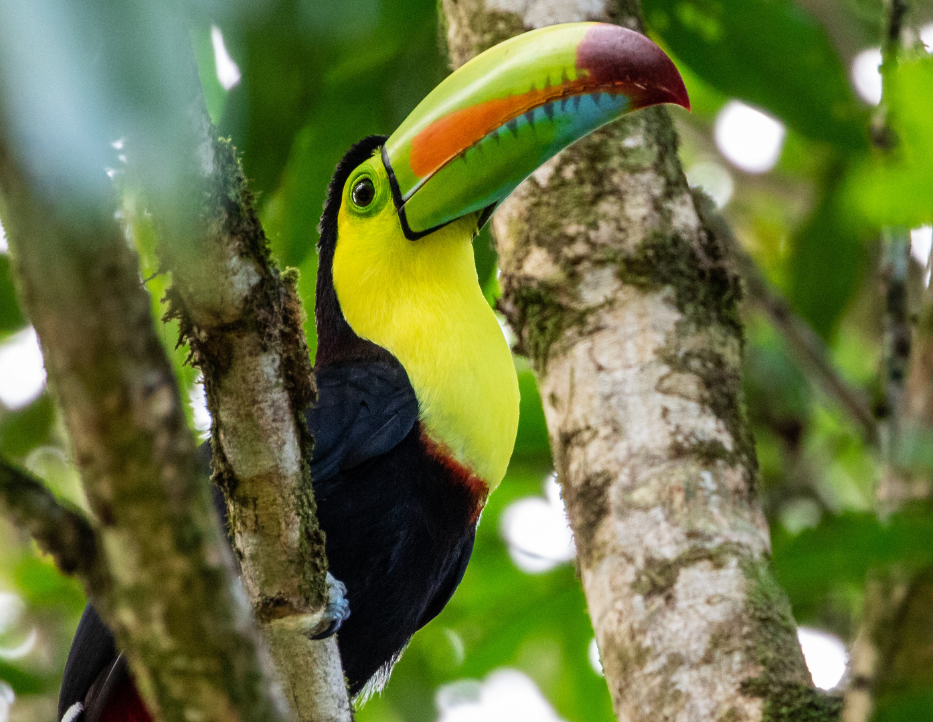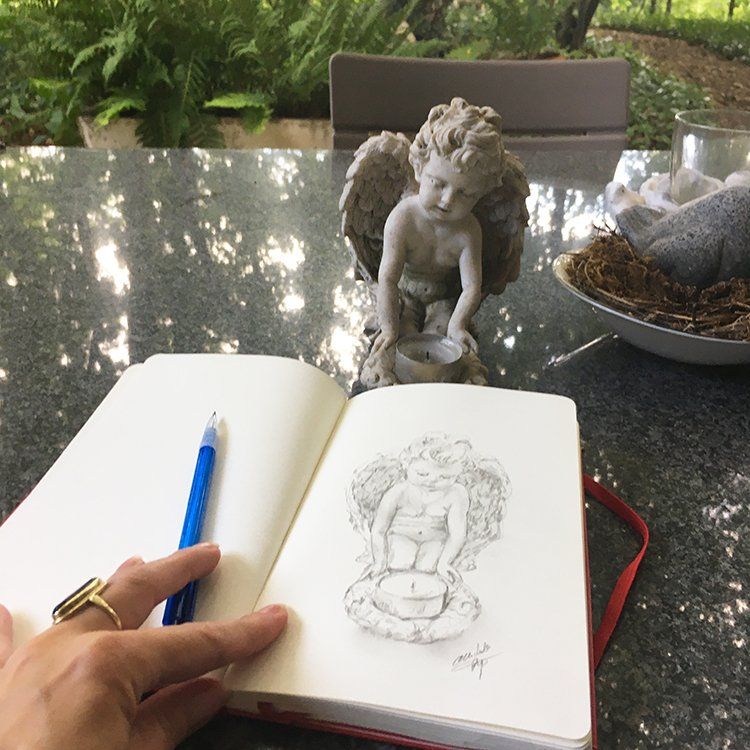The Tree and the Helmet: A Reflective Walk at De Hamert War Memorial
Today, May 4th, we remember the victims of the second world war here in the Netherlands. That’s why it feels like the right moment to share this story about a (short) walk we took last February at the De Hamert estate.
We stumbled upon this nature reserve by chance after a visit to Venlo and decided to go for a walk with our dog, Bodhi. I had seen on Google Maps that there was a heathland area with a war memorial.
Once we arrived, we noticed dark storm clouds gathering—something we hadn’t anticipated. It was unclear how far we’d get without umbrellas.
As we walked toward the heath and the monument, the clouds moved in closer. The first drops began to fall just as we reached the site. The scene—a large memorial cross, bare trees, grey skies and falling rain—gave the place a sorrowful and unsettling atmosphere.

This is where, on May 2nd, 1943, seven men were executed by a fifteen-man German firing squad for their involvement in the April–May strike that year.
Their mass grave was discovered over three years later, and their bodies were then reburied by their families. What remains is a place that serves as a reminder of a cruel and senseless act—and you feel it in your heart as you stand there, reading the names of the men who died.
My eye was immediately drawn to a dead tree trunk to the right of the monument. On it was something that looked like a strange fungus shaped like a soldier’s helmet from that era. Had someone placed it there as a joke? What exactly was I looking at?
I wanted to get closer to take a photo, but had to push through some bushes. They turned out to be nasty thorny ones, and the closer I got, the more they seemed to latch onto my legs and coat.
It felt as though nature itself was holding me back. I couldn’t take another step—I was stuck in the thorns.
As I stood there, I just managed to reach out far enough to touch the ‘helmet’ with my hand. It turned out not to be a fungus at all, but a hard piece of wood—an outgrowth of the dead tree trunk. I knocked on it, and it echoed like a helmet.
It’s my personal belief that everything in nature holds consciousness, and that plants and trees can retain the energy of emotional events for a long time.
These plants and trees—or their ancestors—were undoubtedly silent witnesses to what happened here. The strong emotions of everyone involved have surely left a deep imprint on this landscape.
As the rain began to fall harder, I freed myself from the thorns, and we hurried back to the car.
Now, writing this down, I realise I may have found the answer to the question that stayed with me on that walk back: what story was nature trying to tell me?
No matter how strong the grip of a traumatic experience may be, it is possible to free yourself again. A comforting thought in the lead-up to May 5th, Liberation Day here in Holland.
Today, a yearly memorial ceremony will once again take place at this monument.
You can read more about the full story via the link below. If you look closely at the photos, you’ll also spot the dead tree trunk with the 'helmet'.








